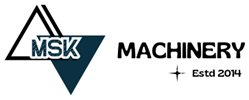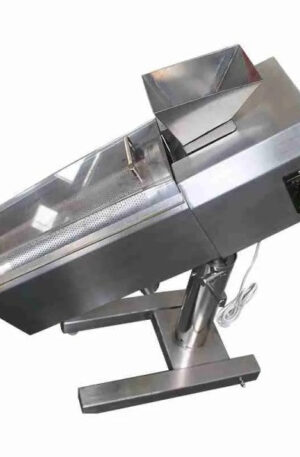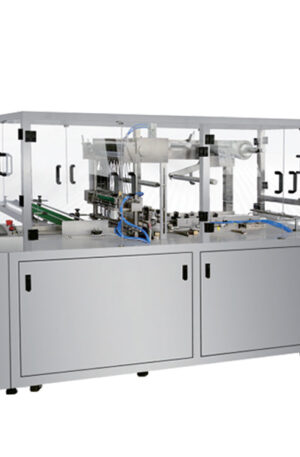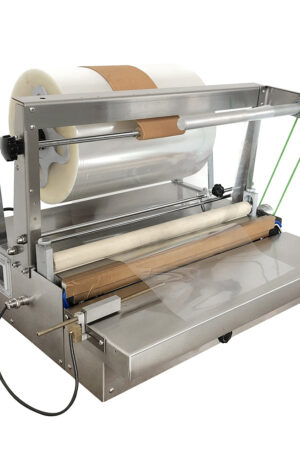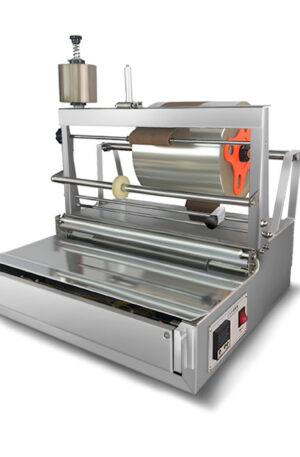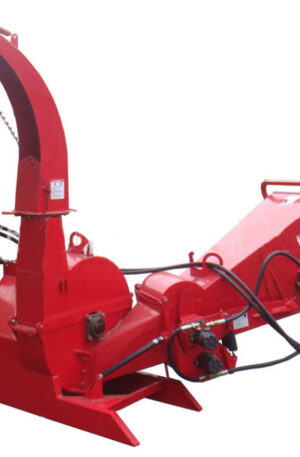Title: The Evolution of Pharmaceutical Manufacturing Equipment
The pharmaceutical industry has seen significant advancements in manufacturing equipment over the years, particularly in the development of table press machines and capsule filling machines. In this article, we will explore the evolution of these essential pieces of equipment, with a focus on the innovative technologies such as TDP (Tablet Press) and THDP (High-speed Tablet Press) that have revolutionized pharmaceutical production.
Tablet press machines are indispensable in the pharmaceutical manufacturing process, used to compress powdered ingredients into solid tablets. The earliest tablet press machines were manual and required significant human labor to operate. However, with the introduction of automatic and semi-automatic tableting machines, the efficiency and precision of tablet production have greatly improved. The TDP series of tablet presses, in particular, have become industry standards for their reliability and versatility. These machines are capable of producing a wide range of tablet shapes and sizes, meeting the diverse needs of pharmaceutical companies worldwide.
In parallel, advances in capsule filling machines have transformed the way pharmaceutical companies encapsulate medications. Capsule filling machines automate the process of filling empty gelatin or vegetarian capsules with pharmaceutical formulations, improving accuracy and efficiency. Modern capsule filling machines can handle a wide range of capsule sizes and configurations, allowing for flexibility in production. The development of high-speed capsule filling machines, such as the THDP series, has significantly increased production output, meeting the growing demand for encapsulated medications in the pharmaceutical market.
The integration of cutting-edge technologies in table press and capsule filling machines has further optimized pharmaceutical manufacturing processes. Features such as automated feeding systems, real-time monitoring, and quality control mechanisms enhance productivity while ensuring product uniformity and compliance with regulatory standards. Additionally, advancements in material science have led to the development of machine components that are durable, easy to clean, and resistant to corrosion, prolonging the lifespan of pharmaceutical manufacturing equipment.
In conclusion, the evolution of pharmaceutical manufacturing equipment, especially table press machines and capsule filling machines, has paved the way for more efficient, precise, and scalable production of medications. The adoption of technologies like TDP and THDP has revolutionized pharmaceutical manufacturing, enabling companies to meet the evolving needs of the healthcare industry. As the demand for pharmaceuticals continues to rise, the ongoing innovation in manufacturing equipment will play a crucial role in ensuring the quality and accessibility of medications worldwide.
